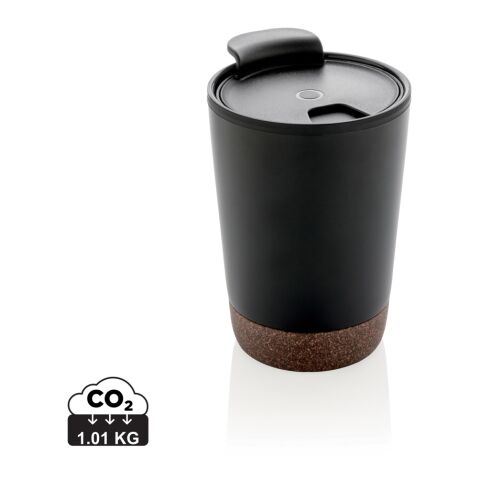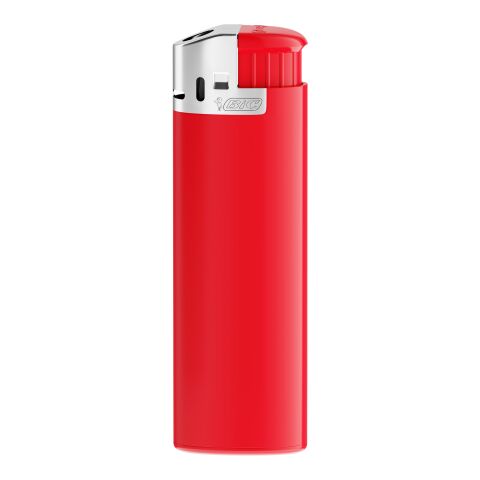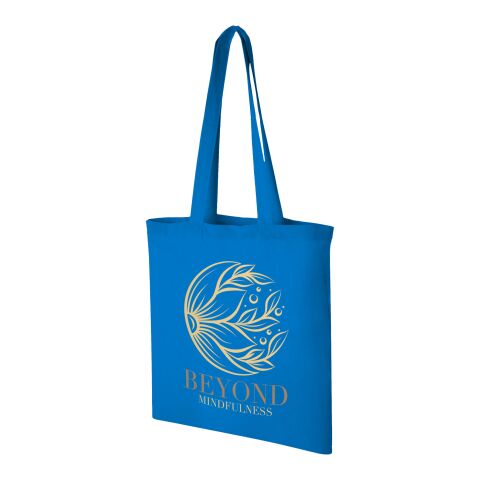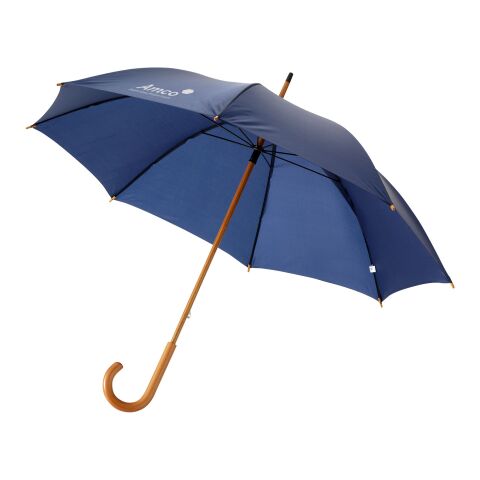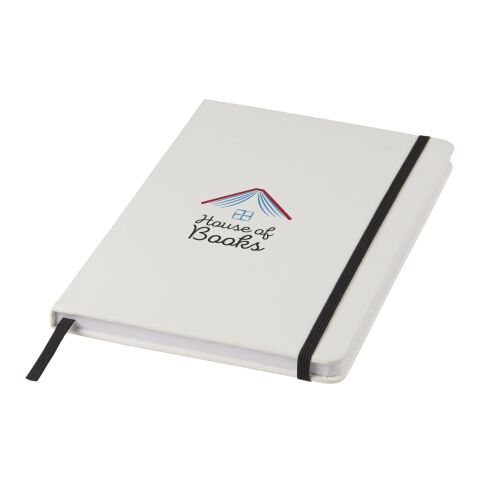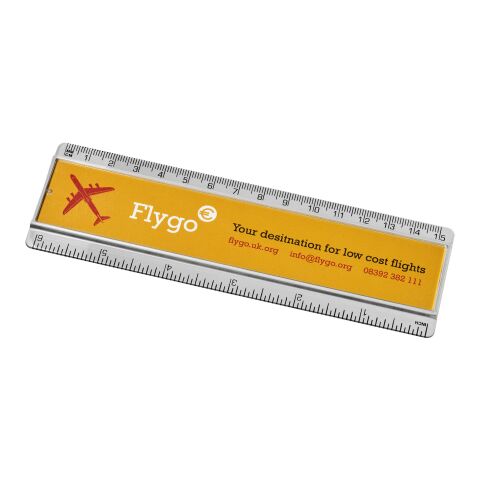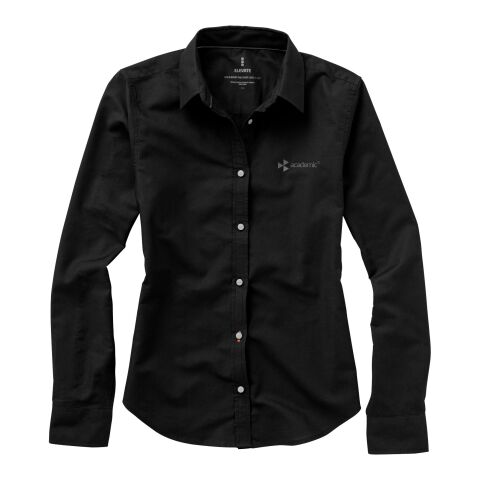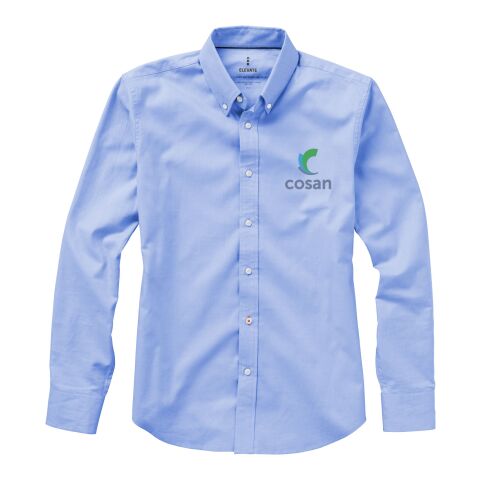Digital printing
What is digital printing?
Digital printing is the process of imprinting various digital-based images onto different sort of materials or objects. Unlike the other printing options, there is no need for a printing plate or model. We can digitally print any files such as .pdf, .ai, .png and so on. Most digital printing presses have used, and still use toner-based technology, but in recent years, the process has been significantly simplified. The process is also called inkjet printing.
With digital printing, the print image is transferred directly from the computer to the printer. No printing form is required for production. The biggest advantage is any logo or idea can be transformed into reality. There are no limits to your creativity for the design of your advertising material. This is especially useful if your logo is multicoloured and rich in detail. Nevertheless, it must be noted that surfaces may be smooth or only slightly curved so that the printing systems, such as the laser beam or the laser printer, can easily print your advertising material.
How does digital printing work?
The most striking feature that distinguishes digital printing from all other printing techniques, such as offset printing, is that the respective print image from a file is transmitted directly from a computer to a printer or printing press and converted to an actual palpable image incredibly fast. The special thing about this printing process is that, in contrast to offset printing, no fixed or static printing body is required when printing, on which the colours that should be printed are applied before the actual printing.
Inkjet printing process
With the inkjet process, the printed image is created by small, computer-controlled inkjet nozzles that spray the colour directly onto the printing surface. This printing process enables the branding of very large areas, which is only limited by the size of the actual surface. Even if the printing speed of inkjet technology is limited, it trumps with the extraordinary quality and resolution of its results.
The laser printing process
The digital laser printing is a bit more complex than inkjet one, since various processes have to be carried out before the colour finally gets onto the paper. Inside the printer is a roller, also called an image drum, which is provided with a negative electrical charge. This roller is then shot at with a laser so that it loses the negative charge in some places. A powder called toner, which acts as the printing ink, is applied to the roller and, due to its negative charge, only adheres to the areas hit by the laser.
The surface is then fed between the image drum and a positively charged drum, so that the toner gets onto the paper and is fixed with the help of pressure and heat. However, with such a process only one colour pigment gets onto the paper, which is why four image drums are required in laser printing in order to be able to serve each colour in the printing process. The laser printing process is often used for very large orders.
Both printing techniques offer the possibility of producing an unlimited number of different print images in the process, since they are not dependent on ready-made templates for printing.
Differences between the laser and inkjet printing processes
The two printing techniques of digital printing have noticeable differences, which, depending on your artwork, should definitely be taken into account with digital printing.
- Black and white colours
A pure black and white text print is produced by the laser in a much higher quality and higher quality. The letters have sharp, smooth edges and an impressive colour shine. They are very resistant to contact with moisture and sunlight, which makes laser printing particularly suitable for promotional items that will be used daily and therefore withstand a lot. The type of paper used for printing is irrelevant, as the advantages of this printing technique are always implemented. However, if you decide to refine promotional gifts with colour images or photos, you should opt for the inkjet printer for printing. Even if the printing process is a bit slower, this process ensures an extremely accurate transfer of the original colours to the paper. With laser printing, on the other hand, fluctuations in temperature and humidity during printing can lead to differences in the quality of the printed photos.
- The resolution
When it comes to the next criterion, print resolution, inkjet printing again emerges as the winner. This is measured in DPI, aka dots per inch, which means the number of dots of ink that the printer can place in one inch, 2.45 cm. Where laser printers achieve a maximum DPI number of 1200, inkjet printers achieve eight times that. Photos and colour images can be printed in pin-sharp resolution. But the laser printer is always suitable for a clean and precise typeface.
- The speed
In terms of printing speed, however, inkjet printing lags far behind laser printing. Laser printing creates twice as many pages in one minute as inkjet printing. However, the print speed decreases as the DPI increases. So if a promotional item is printed with a high degree of colour coverage, this takes longer than a simple black and white text print. However, the exact speed differences are still dependent on the individual printing machines. From a certain number of print runs or quantities, however, it is advisable to avoid digital printing and to prefer offset printing, as this is ideal for the mass production of paper products.
Colour options and designs
When creating the print file, care should be taken to ensure that the required colour space is adhered to so that writing, like an advertising message, can be perfectly implemented and corresponds exactly to the ideas.
Digital printing inks use the CMYK colour model - cyan, magenta, yellow and black, as well as extended colour inks such as orange, blue and green, but mostly it depends on the printing surface. Generally, any sort of image, design or message can be printed due to multiple colour combinations, but make sure to get in touch with our team if your design is very complex.
What materials can be digitally printed
As digital printing is not limited by transfer methods or meshes, it can be used on various types of materials such as:
- Card stock - for business cards or other similar items
- Cardboard - for labelling big transportation boxes
- Fabric - branded clothing or bags that display company logos
- Linen - for branded t-shirts, shirts and other clothing items
Advantages of digital printing
Here are a few advantages and benefits when using digital printing:
- Unlimited possibilities: The complete digitisation of this printing process removes almost all restrictions on the colour and shape of logos and artwork.
- High quality: Photo and colour prints are produced in high quality using inkjet technology in digital printing. The result is an impressive colour intensity and high resolution
- Speed: Digital printing has an extremely fast production speed, so that you don't have to wait long for the object to be printed.
- Economy: Even for short runs, this printing technique is extremely economical. Since digital printing does not require the production of a finished print template or the use of special tools for printing inks, digital printing is an extremely inexpensive printing process and therefore ideal for companies with a small marketing budget.
- Reliable technology: Because everything is done through the computer, this is one of the most reliable printing techniques with low changes of making mistakes
Commonly asked questions
Here are the answers to some of the frequently asked questions:
When is digital printing used?
Of all the printing methods, digital printing is probably the most well-known as it is not only used in the production of promotional items but is also used by most people on a daily basis in their own homes. Nowadays, in almost every household there is an inkjet or laser printer with which documents, pictures or letters can be printed out quickly and easily.
For the mass production of promotional items, of course, there are completely different print calibres available, which do not differ in their functionality from the small digital printers at home. Large format digital printing is typically used to print banners, adhesive foils, signs, flags and many other objects.
What is a digital printing press?
A digital printing press combines the process of digital printing with offset printing in a way that it can produce a high volume of printed merchandise. This is especially good for businesses who want to produce a high quantity of promotional products.
Is digital printing expensive?
The costs for printing with digital printing are based exclusively on the number of items. As previously explained, this technique does not require the creation of print templates, meshes or the use of special tools for different colours, it is only necessary to clarify how many (promotional) items are to be printed.
What promotional products can be digitally printed?
Generally, all promotional products made of paper or cardboard can be digitally printed by us as long as they have a smooth, straight surface. It is mainly used for giveaway or corporate gifts as it's one of the most affordable printing techniques. A few examples of items that can be digitally printed are our branded notebooks, sticky notes or branded pens.

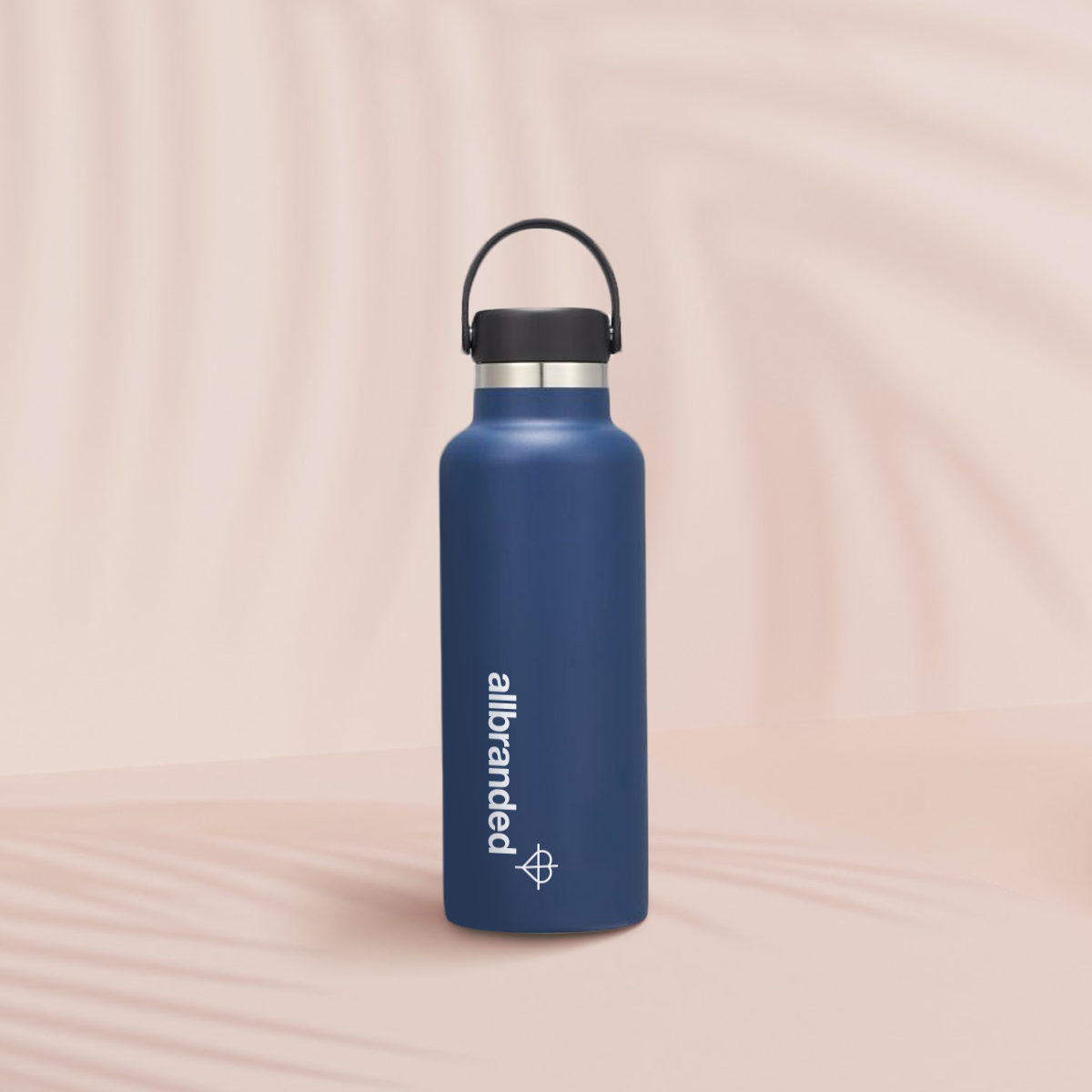
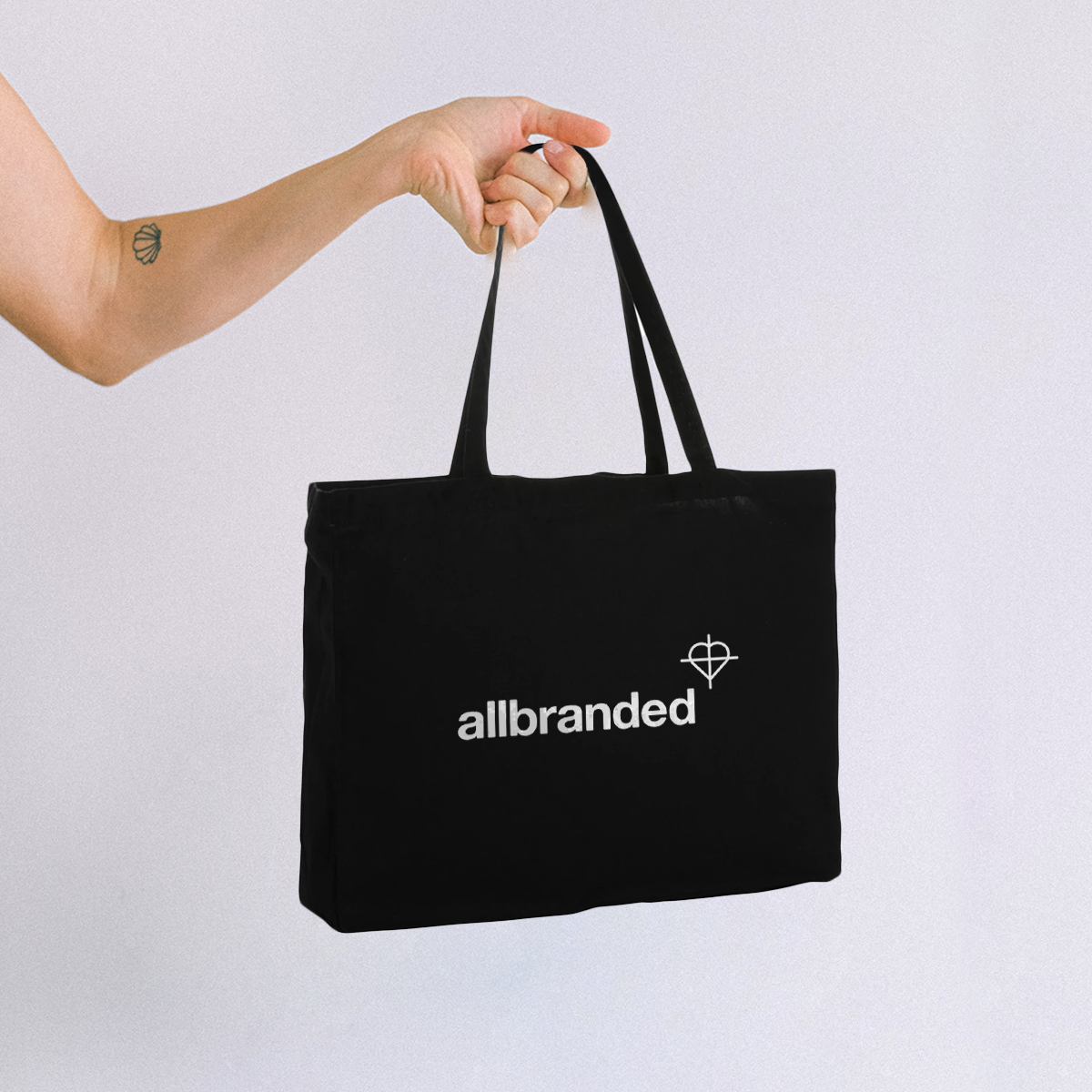
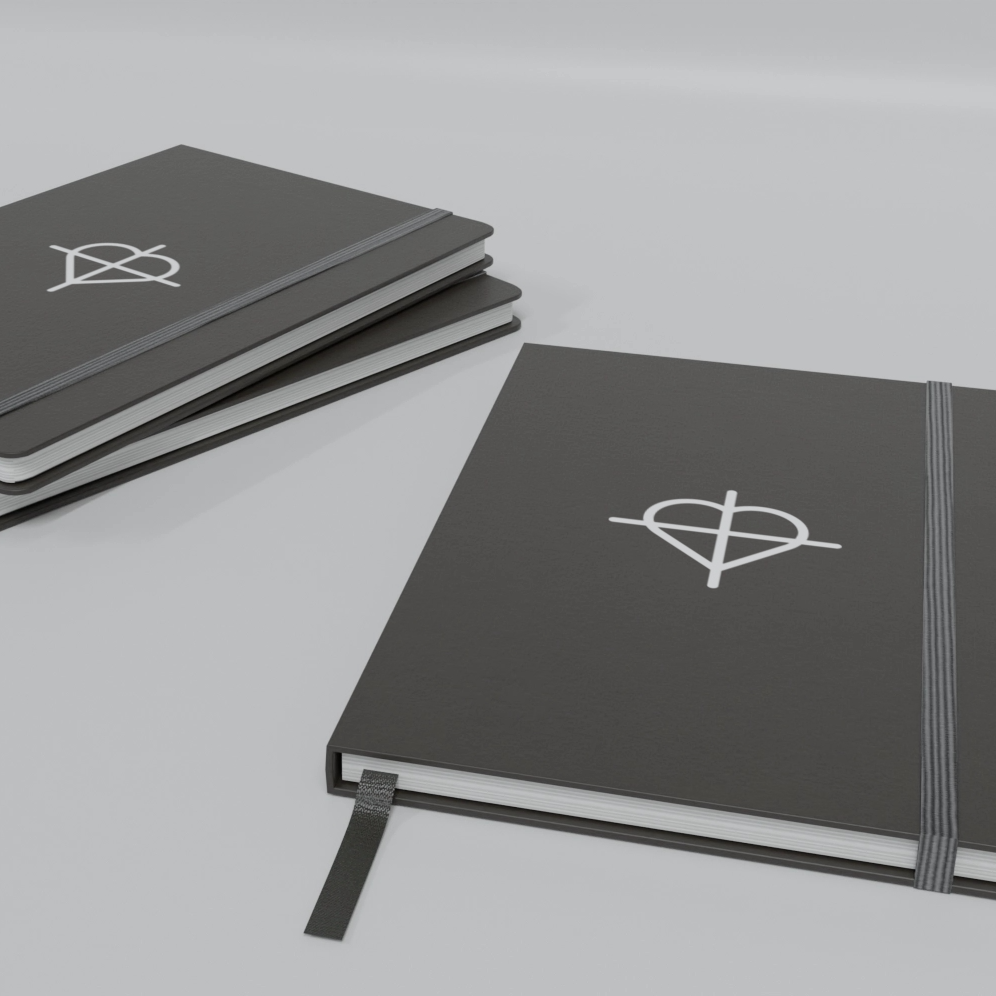
.png)
.png)

